
|
ECGbook.com Making Medical Education Free for All |
Upload ECG for Interpretation |

|
ECGbook.com Making Medical Education Free for All |
Upload ECG for Interpretation |

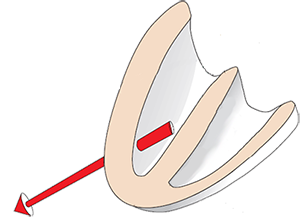


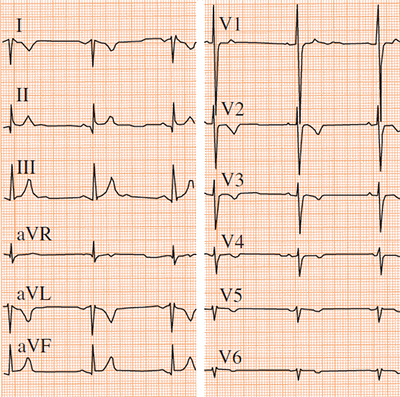
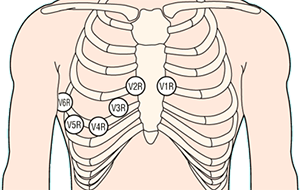

Differential Diagnosis: Dextrocardia vs. Reversed Arm Electrodes

Dextrocardia
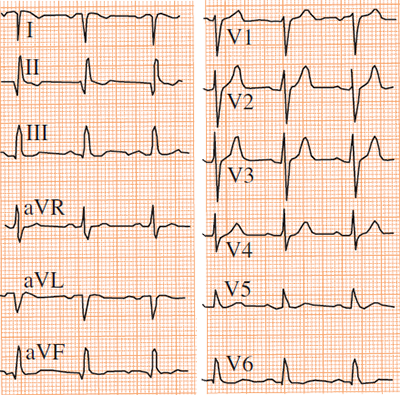
Reversed Arm Electrodes
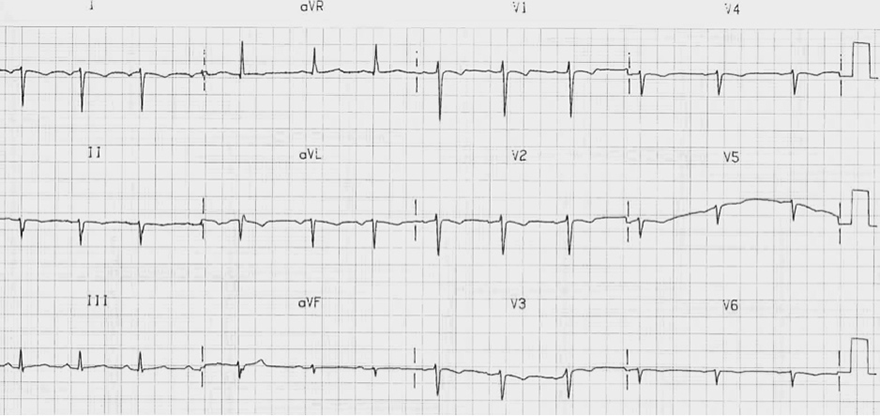
Dextrocardia

Reversed Arm Electrodes

Correctly Placed Arm Electrodes
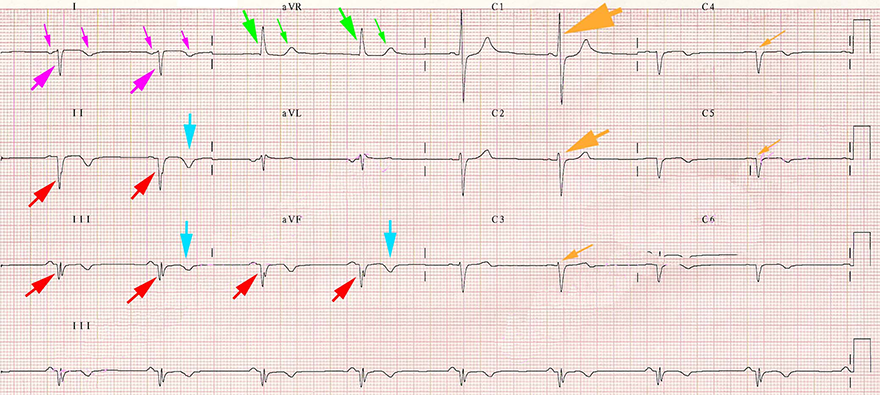
Dextrocardia and Old Inferior Myocardial Infarction
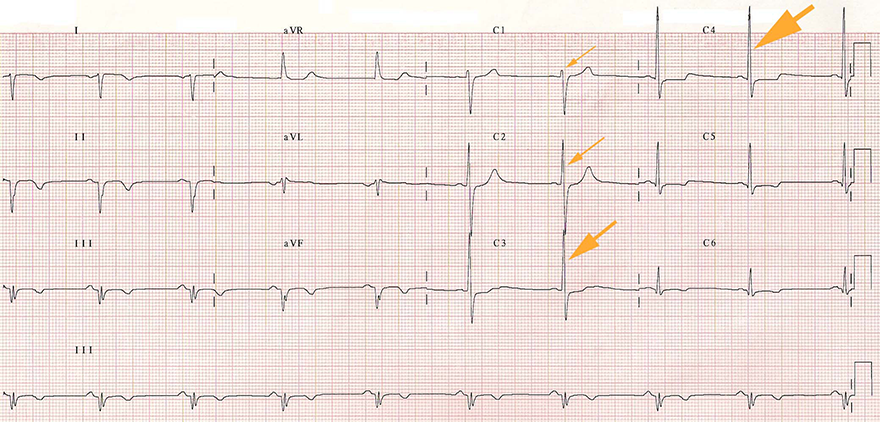
Right-Sided Chest Leads (V1R-V6R)

Sources
Dextrocardia and X-ray
|

|
Main Cardiac Vector
|

|
|
 
|
ECG and Dextrocardia
|

|
Mirror Chest Electrodes
|

|

Differential Diagnosis: Dextrocardia vs. Reversed Arm Electrodes

|

|
|
Dextrocardia
|
Reversed Arm Electrodes
|

Dextrocardia

Reversed Arm Electrodes

Correctly Placed Arm Electrodes

Dextrocardia and Old Inferior Myocardial Infarction

|
Right-Sided Chest Leads (V1R-V6R)
|

|
Sources